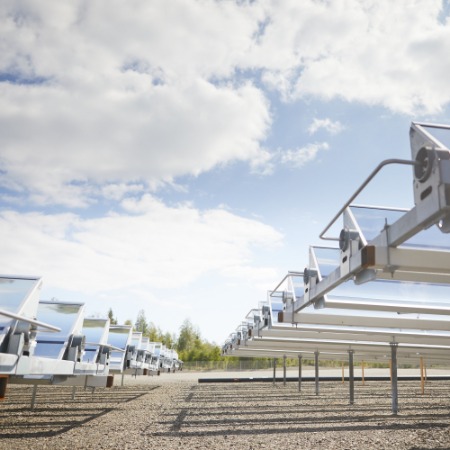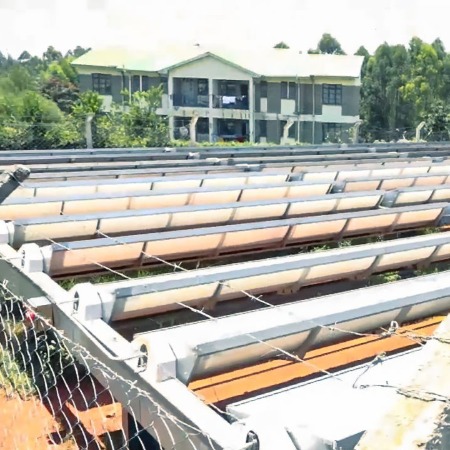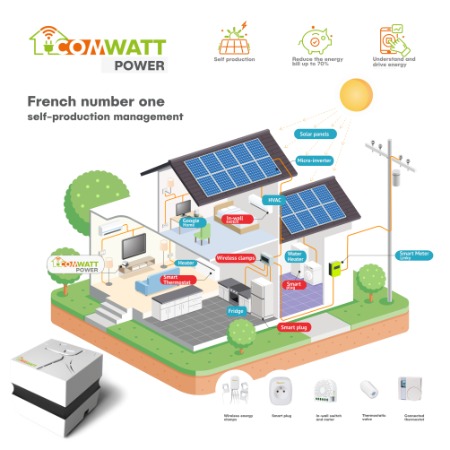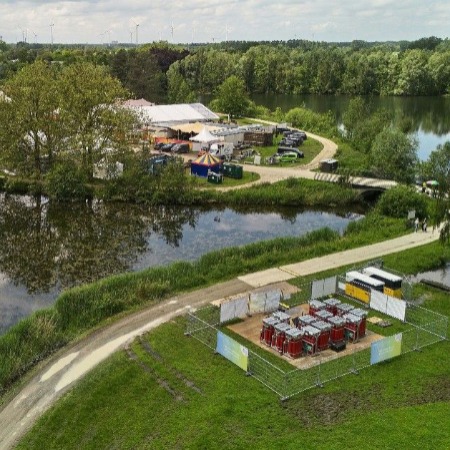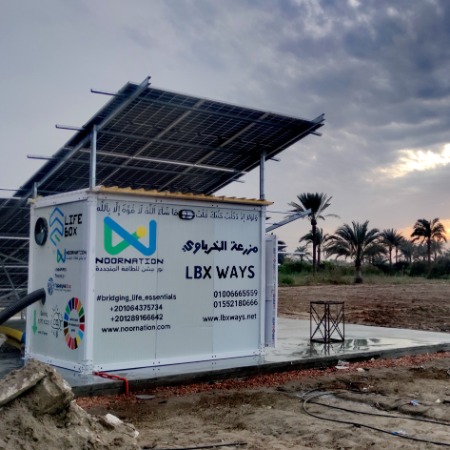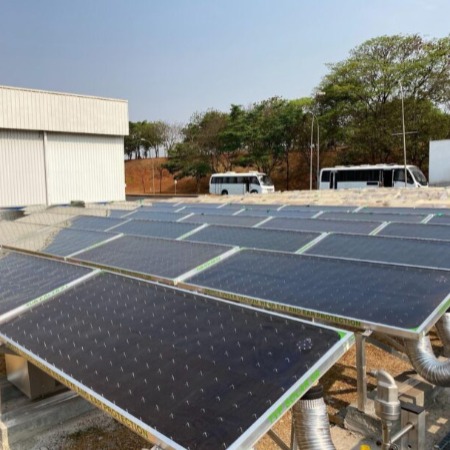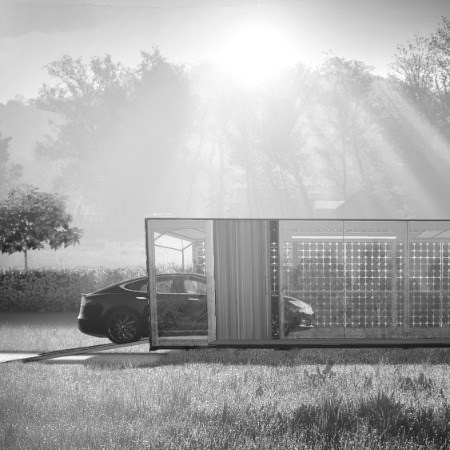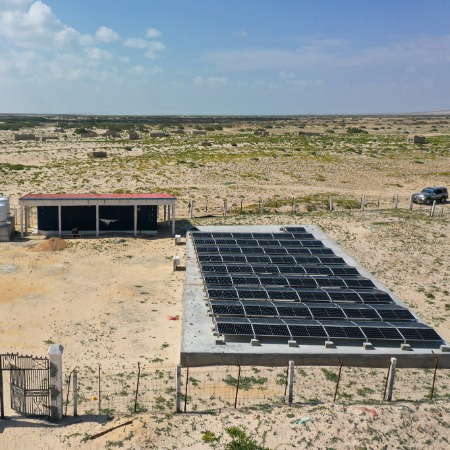01. Definition
What is the energy crisis?
In recent years, many scientists have raised their voice to warn about climate change, caused notably by the burning of oil and coal in order to produce energy.
Solutions to the energy crisis
Over the last two centuries, energy needs have skyrocketed dramatically, especially because of the transportation and industry sectors. However, fossil fuel are polluting and their reserves are limited. We know today that these resources are close to exhaustion and our societies are facing a major challenge: the energy crisis.
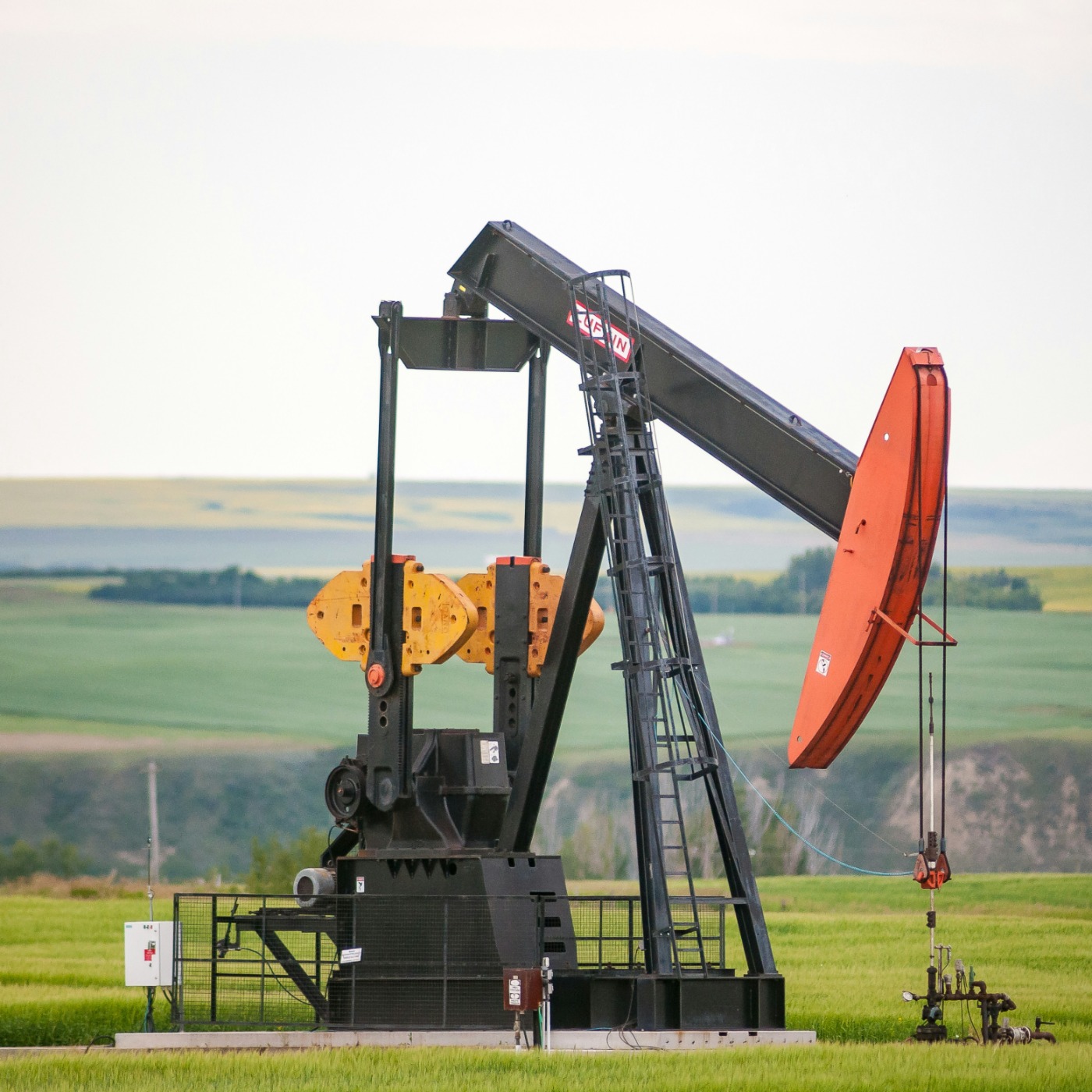
01. Definition

02. Causes
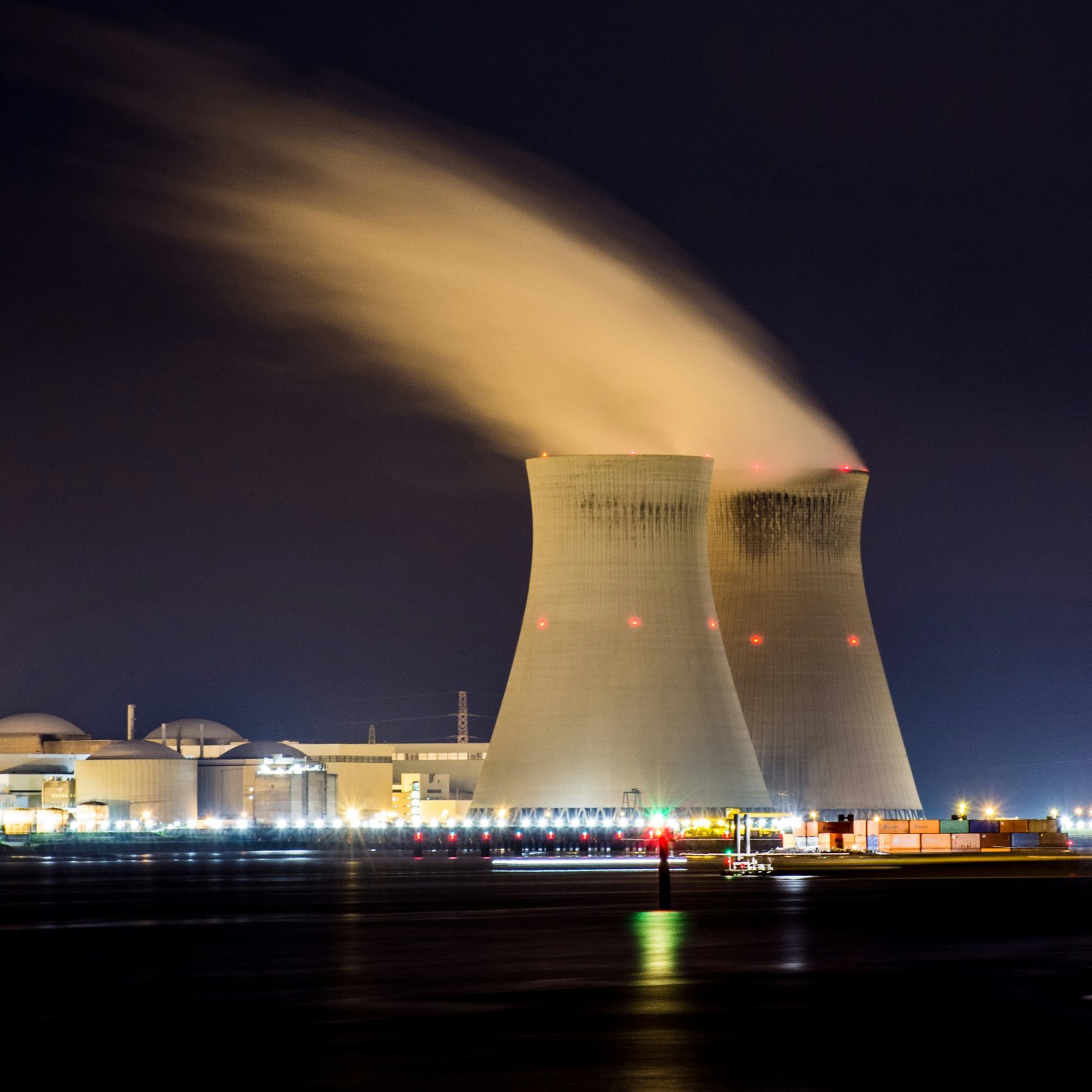
03. Impacts
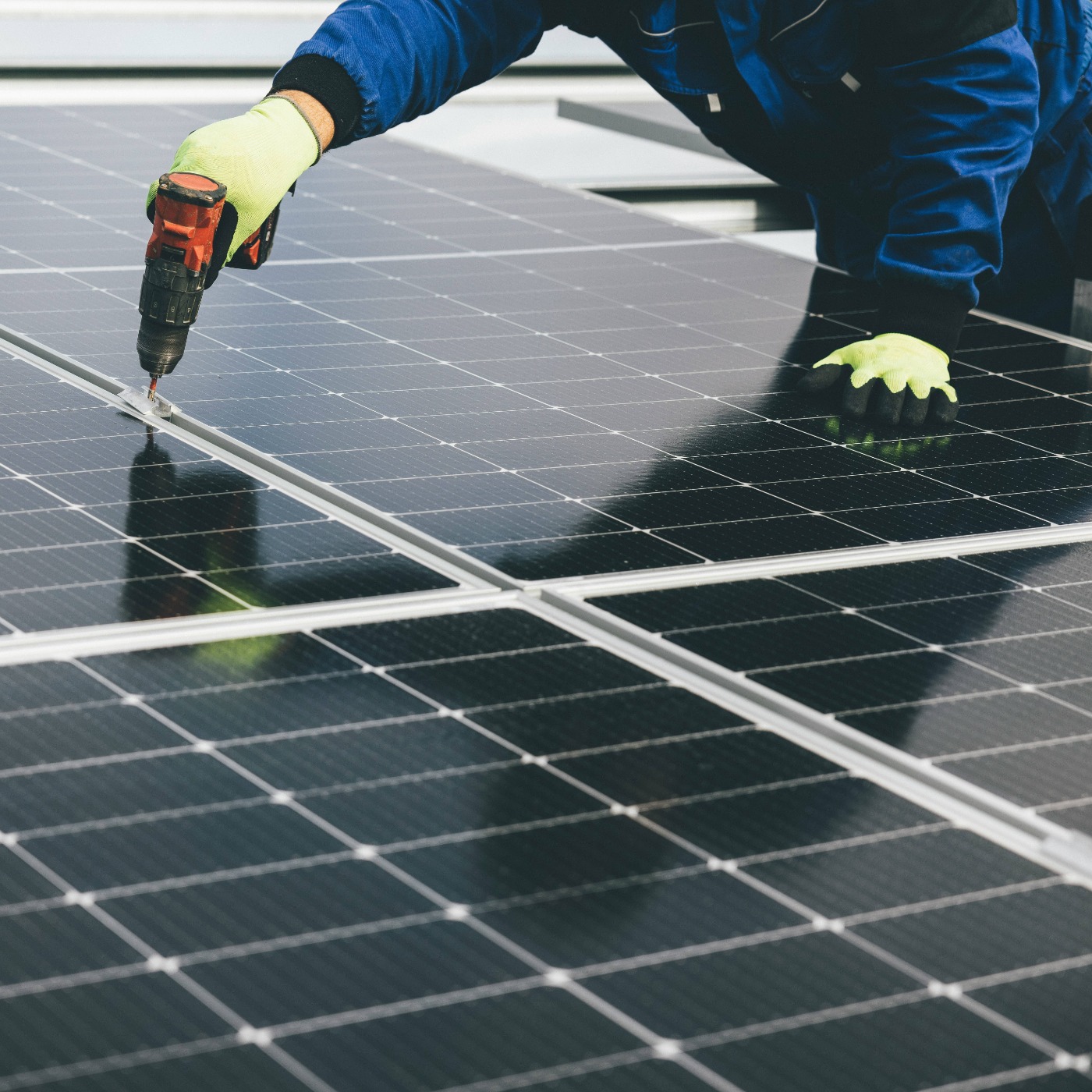
04. Solutions
05. Implementations
SolarisKit by SolarisKit Ltd implemented by Zima Homes in Nairobi (Kenya) in 2024
Absolicon T160 Solar Collector by Absolicon Solar Concentrator implemented by Birra Peroni in Bari (Italy) in 2023
Absolicon T160 Solar Collector by Absolicon Solar Concentrator implemented by Chelal Tea Factory in Kebenet (Kenya) in 2024
Comwatt power by Comwatt implemented by Ikea France in Multiple cities (France) in 2019
GEH2 ® - The Hydrogen fuel cell power generator by EODev (Energy Observer Developments) implemented by Eneria Belgium in Wachtebeke (Belgium) in 2024
Multifunctional Roof Edge (MRE) by ANERDGY implemented by Anerdgy in Voreppe (France) in 2020
RelaySmartOne : the remote controlled relay by DFM-Europe implemented by Media Transport in Paris (France) in 2023
Lepido by Enjay AB implemented by Burger King Scandinavia in Malmö (Sweden) in 2021
PV LifeBox Water Pumping & Desalination by Noornation implemented by LBX Ways Kherbawy Faem in Kafr Al-Sheikh (Egypt) in 2023
Solar Thermal Decarbonization by TVP SOLAR implemented by PepsiCo in Sete Lagoas (Brazil) in 2022
SOLARBOX by Sun Soak Design implemented by Stephano Immo in Brussels (Belgium) in 2021
Variable Volume Reservoir (VVR) by Smart Reservoir implemented by MBI Global- VersaDrill Canada in Val d'Or (Canada) in 2023
Elemental Water Source by Elemental Water Makers implemented by Save the Children in Hafun (Somalia) in 2023
STOLECT Carnot battery by Stolect implemented by SNCF in Rennes (France) in 2022
ScaleBuster ISBF by Ion Enterprises implemented by DeBackey Medical Center in Houston Texas (United States) in 2015
SOLIS Daylighting Collectors by Solight LTD implemented by The municipality of Herzliya in Herzliya (Israel) in 2022

06. Conclusion

